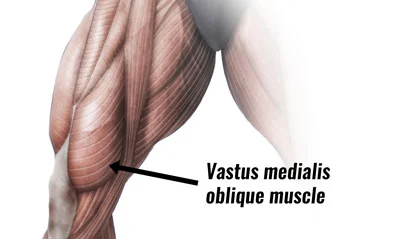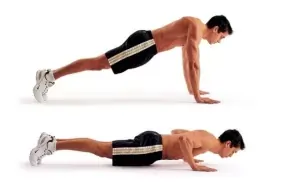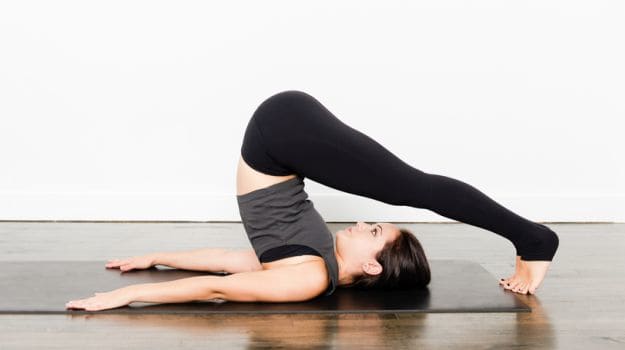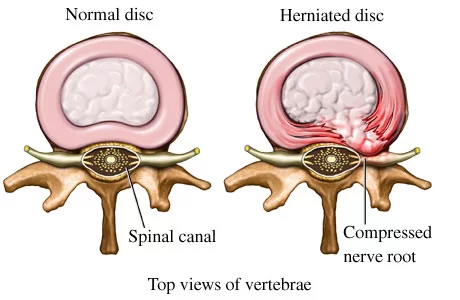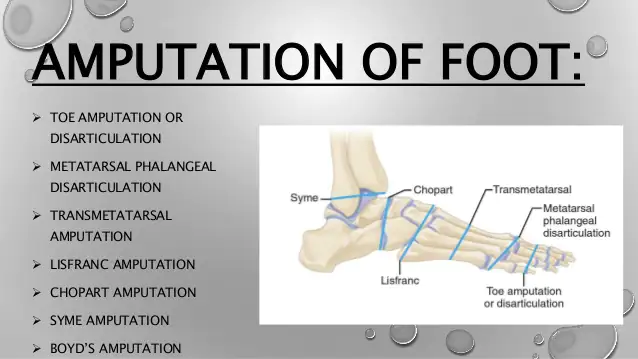Vastus medialis muscle exercise
Table of Contents
Introduction
- Vastus medialis muscle exercise includes different types of exercises such as stretching exercises and strengthening exercises. strengthening exercise helps to improve Joint flexibility, Increased muscle mass, Stronger bones, Weight control, and Balance. stretching exercise Improves your performance in physical activities, Decreases your risk of injuries, Helps your joints move through their full range of motion, and Increases muscle blood flow. Enable your muscles to work most effectively and improve your ability to do daily activities.
- This muscle is one of the four muscles that make up the group of quadriceps muscles. Vastus Medialis muscle originates from the upper part of the femoral shaft and inserts as a flattened tendon into the quadriceps femoris tendon, which inserts into the upper part of the patella. The vastus medialis muscle is an extensor muscle located medially in the thigh and it helps to extend the knee.
- Vastus medialis exercise includes two types of exercise
- Vastus medialis muscle Strengthening Exercises
- Vastus medialis muscle Stretching exercise
Strengthening Exercises
Benefits of strengthening exercise
- Joint flexibility: Strength training helps joints stay flexible and may decrease the symptoms of Osteoarthritis of the knee.
- Increased muscle mass: Muscle mass naturally decreases with age, but strength training can help reverse the trend.
- Stronger bones: Strength training increases bone density and reduces the risk of fractures.
- Weight control: As you gain muscle, your body begins to burn calories easily, making it easier to control your weight.
- Balance: Strengthening exercises can increase flexibility and balance, which reduces injuries and falls.
VMO Activation
- For this exercise, you have to sit upright in a chair or lie on your back, with your knee flexed, and place a ball in between your knees and your foot flat on the ground. Put your thumbs on the soft, squashy area on the medial side of the knee, just above your kneecaps, and press firmly it down.
- Clench the glutes muscles and gently squeeze the ball, making sure the movement comes from your knee rather than the middle thigh.
- You should feel a tightening or swelling underneath your thumbs this shows you that you are activating the vastus medialis and the VMO. That is the area we want to make sure is working with all the exercises.
- If you can not feel it, try clenching your glutes, clenching your knees, and squashing the posterior of your thighs down into the chair
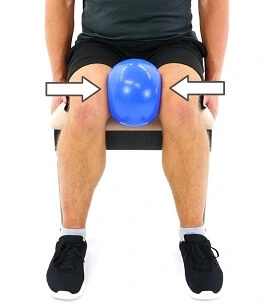
Ball Clench Extensions
- For this exercise, you have to Lie on your back with a rolled-up towel below your knees and put the ball between your knees Clench your glutes and gently squeeze the ball, then lift one heel off the floor until the knee is extended
- now clench the ball and hold for three seconds then slowly lower the foot back down
- Repeat ten times, gradually increasing the number of repetitions as you get stronger, aiming to get up to 20.
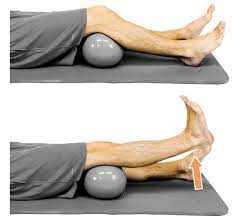
Twisted Leg Raise
- For this exercise, you have to Lie on your back with one leg stretched out straight and the other knee flexed. This takes the tension off the low back as you work the straight leg
- move your foot outwards about 20 degrees into external rotation then lift the foot until your thighs are parallel.
- Hold for three seconds and slowly lower down, keeping the foot turned outwards
- Keeping your leg turned outwards in this vastus medialis exercise again helps to activate the VMO.
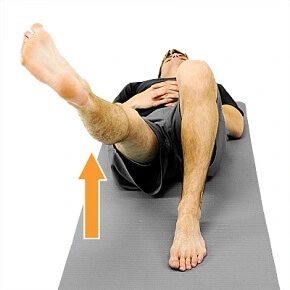
Ball Bridges
- For this exercise, you have to Lie on your back with your knees flexed, feet- hip-distance apart, and place the ball between your knees
- squeeze your glutes, gently squash the ball, and lift your bottom as high as you can without arching your trunk.
- Hold for three seconds and slowly lower it down.
- Keep squeezing the ball and clenching your glutes throughout the exercise.
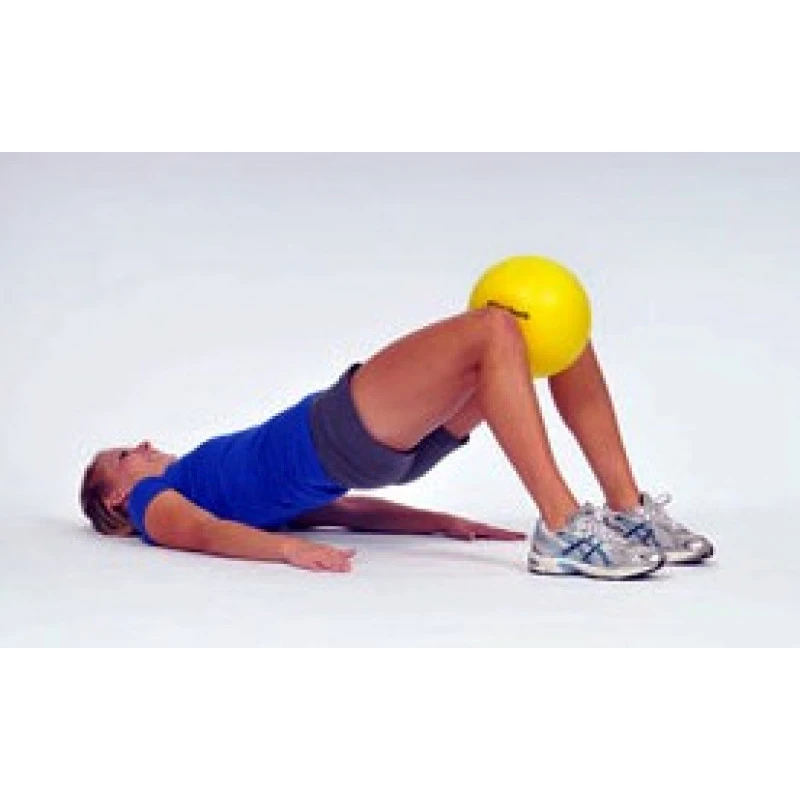
Ball Wall Squats
- For this exercise you have to stand with your back against a wall, place the ball between your knees, heels about 6 inches away from the wall, toes pointing forwards
- squeeze your glutes and gently clench the ball to activate vastus medial oblique, then slowly slide down the wall, flexing your knees
- Slide down as far as you feel in control, hold for 3 seconds, and slowly push yourself back up
- Keep your glutes and the ball clenched throughout.
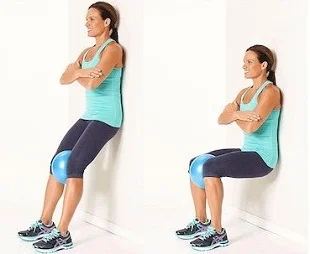
Stretching Exercises
Benefits of stretching exercise
- Increase muscle blood flow.
- Improve your performance in physical activities.
- Help your joints to move through the full range of motion.
- Decrease your risk of injuries.
- Enable your muscles to work most effectively.
- Improve your ability to do daily activities.
Side Lying Quad Stretch
- Take a side-lying position on a floor.
- Put one hand under your head for support.
- Now use your outer hand to bend your upper knee.
- Then, pull that bent knee towards your head until you feel stretched.
- Hold there for 30 seconds and repeat on another side.
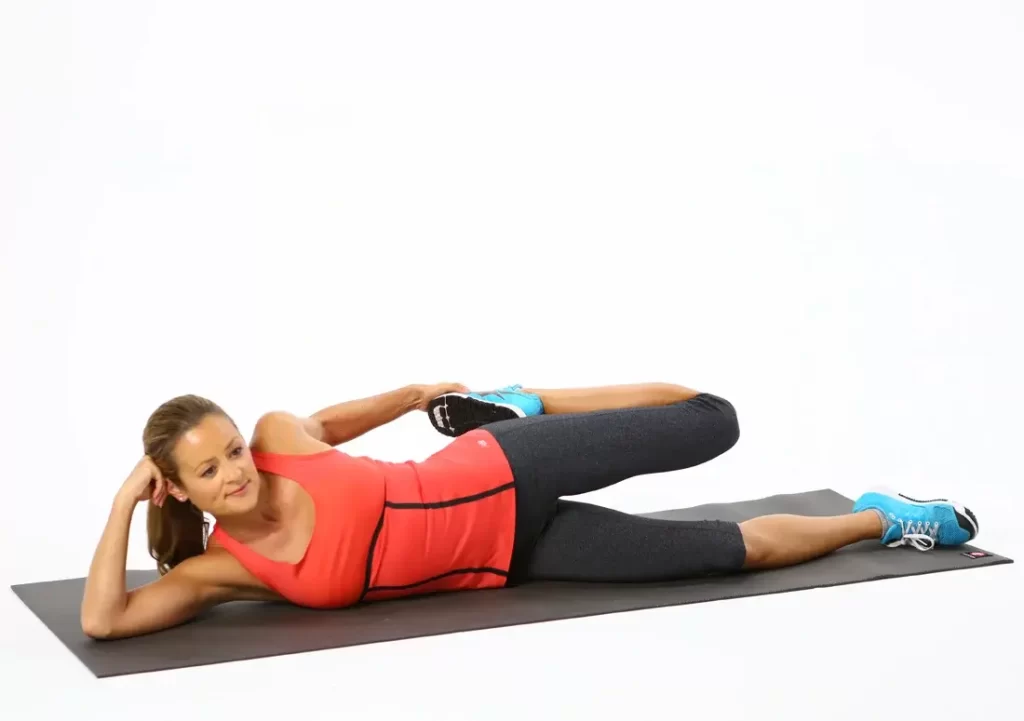
Standing Quadriceps Stretching exercise
- Take a standing position on one leg. If you can’t balance on one leg, use a wall or any static object.
- Now hold the bent leg with your corresponding hand and pull it upwards towards your torso.
- Keep your chest straight, don’t move during the stretch.
- Hold for 20-30 seconds. repeat on the other side and do it on each side 3 times
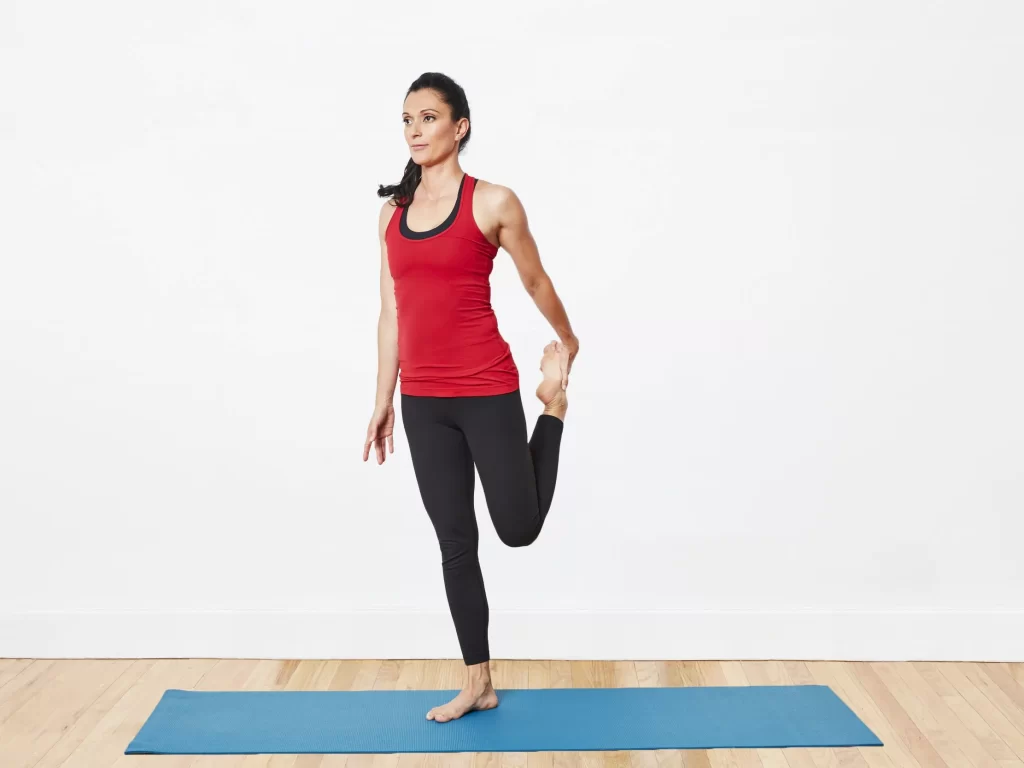
Crescent pose
- Take a lunge position on the floor.
- Put your one knee forward around 90 degrees bend, one leg behind straight.
- Now raise both hands overhead and clasp them together.
- Now push your hip forward and downward, and keep your back straight.
- Now slowly lean back to feel stretch into your quads.
- You can feel the stretch on your backward leg.
- Holding time is around 20 – 30 seconds and repeat 2-3 times on both sides.
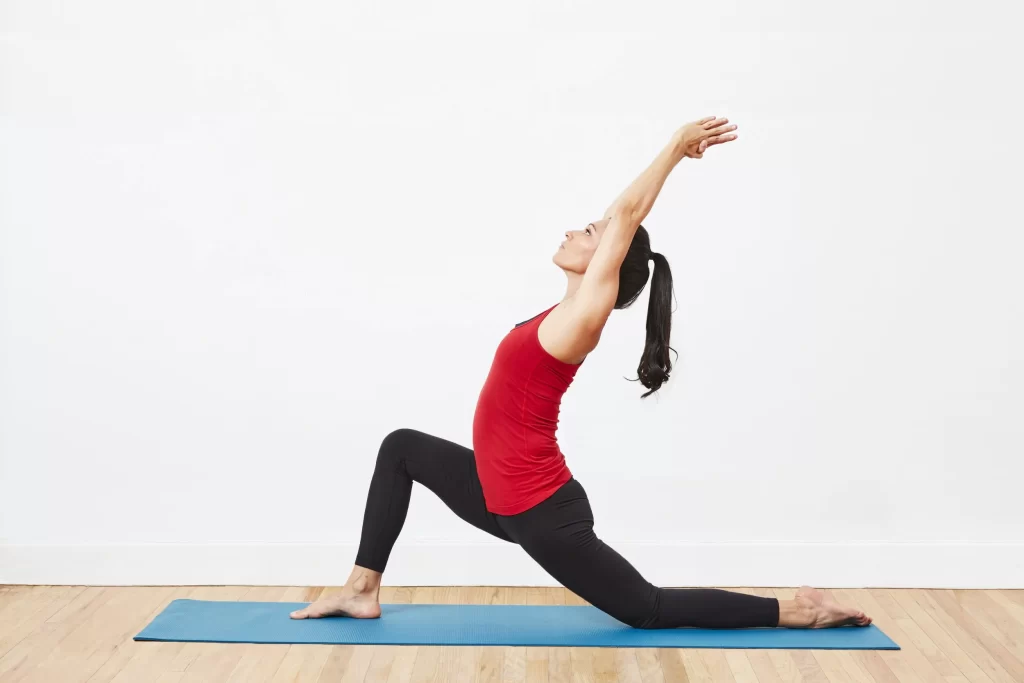
Bow pose
- Lie on the stomach with your legs straight out.
- Slowly bend your both knees and raise your both hands upwards.
- Now, take your hands back, and try to hold the ankle of both legs.
- Now, using both hands pull the ankles towards your hips.
- If you feel stretched on your both quads, hold it for 5-10 seconds.
- Slowly release the pose and repeat.
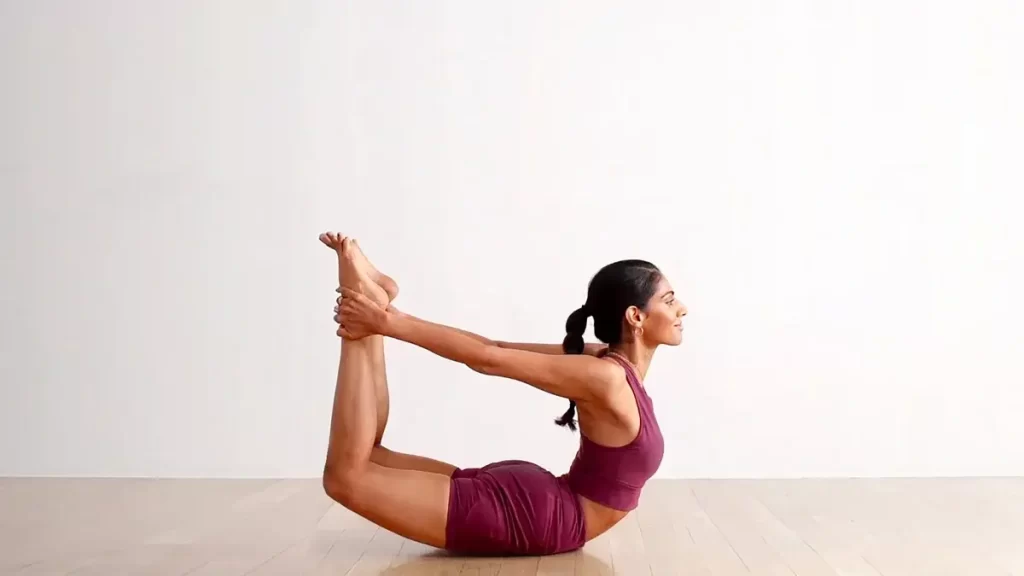
Dancer’s pose
- Stand tall and feet wide apart.
- Now raise your both hands forward at shoulder level.
- Raise your one leg behind you and grasp that ankle with your corresponding hand.
- Now lift that leg upward behind you.
- Hold the stretching pose for at least 10-15 seconds.
- Perform 2 – 3 times.
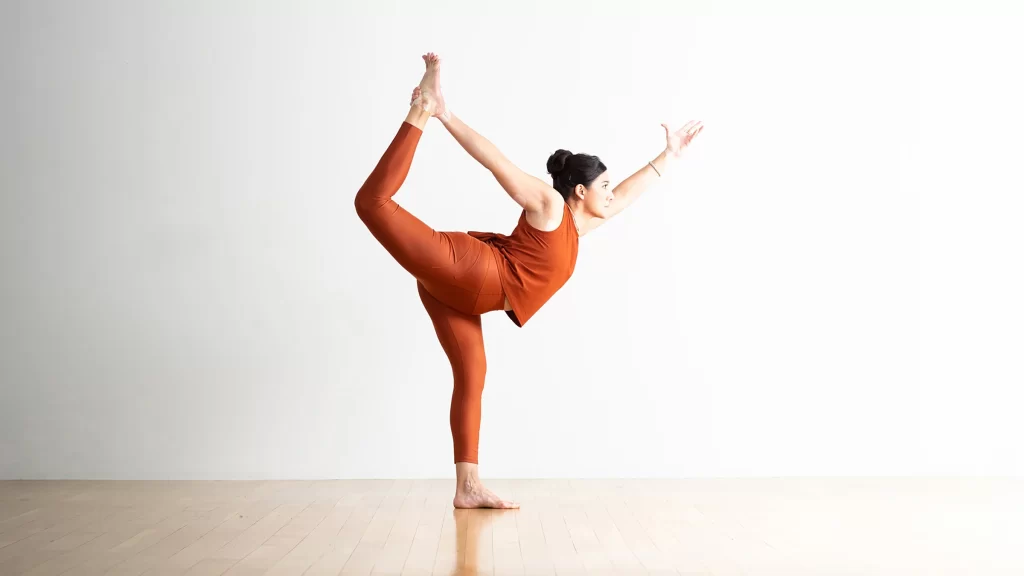
Vastus medialis muscle exercise at Home
Following list of exercises for the Vastus medialis muscle, we can do at home
- VMO Activation
- Ball Clench Extensions
- Twisted Leg Raise
- Ball Bridges
- Ball Wall Squats
- Side Lying Quad Stretch
- Standing Quadriceps Stretching exercise
- Crescent pose
- Bow pose
- Dancer’s pose
Bodybuilding of the Vastus medialis muscle
Split squat with the front foot raised
With the elevated front foot, the hips will be forced to move through a range of motion that is otherwise unachievable when performing traditional split squats. By performing these consistently, the hip joint’s range of motion will increase naturally and stability will be a byproduct of this exercise’s execution.
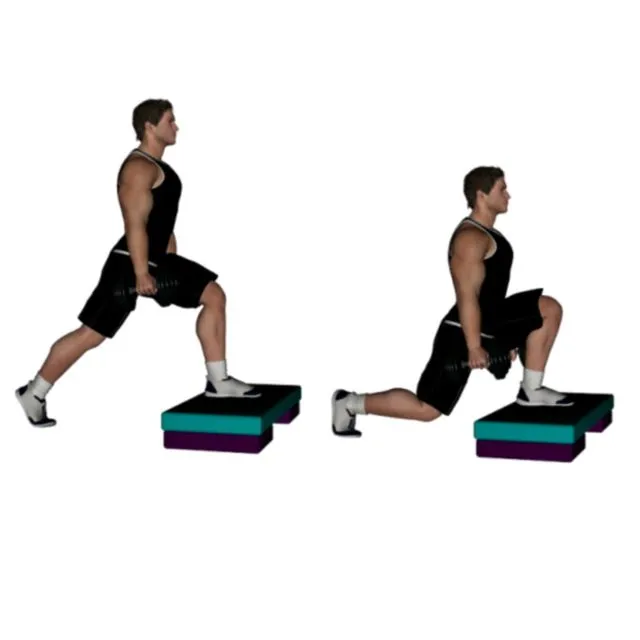
Narrow stance leg press
With your feet closer together, the narrow leg stance places more emphasis on the quadriceps muscles, while continuing to work your hamstrings, glutes, and calves. If you’re looking to build lower body strength in the gym, the narrow stance leg press may be a useful alternative to barbell narrow stance squats.
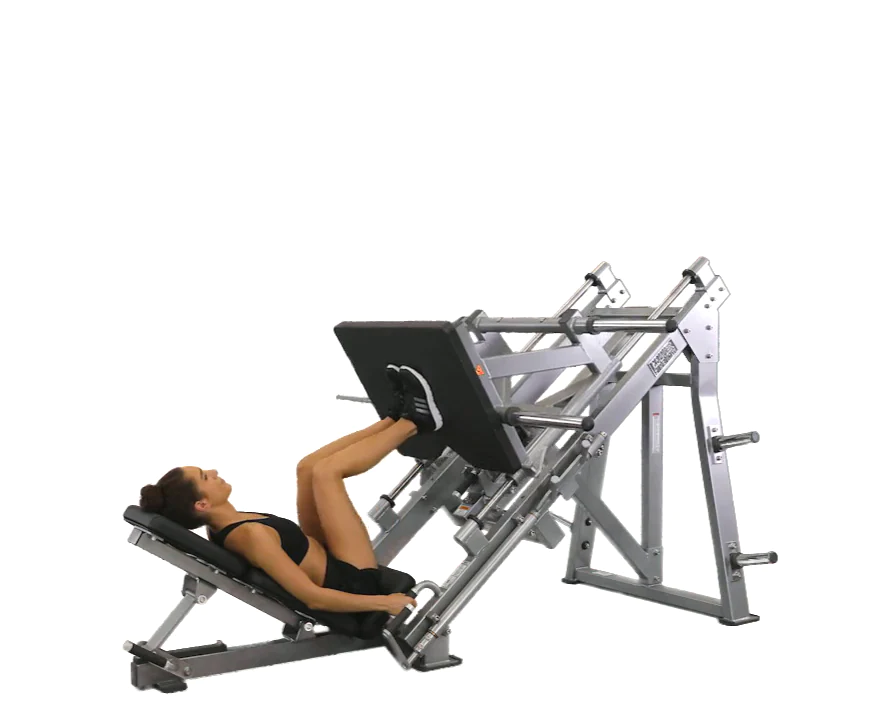
Power leg extension
The knee extension, or leg extension, is a type of strength training exercise. It’s an excellent move for strengthening your Rectus femoris muscle, which is in the front of your upper legs.
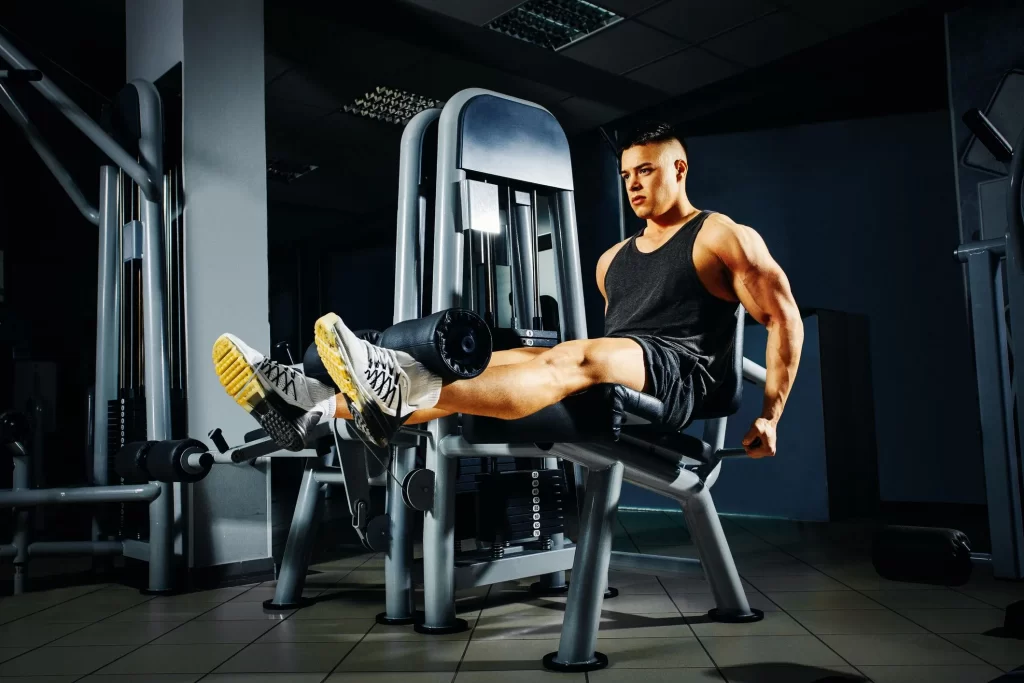
Sissy hack squats
Sissy squats strengthen the rectus femoris and also work the hip flexors, and core strength and can improve balance. With a sissy squat machine, you can able to lean back securely without fear of falling over or disrupting your posture.
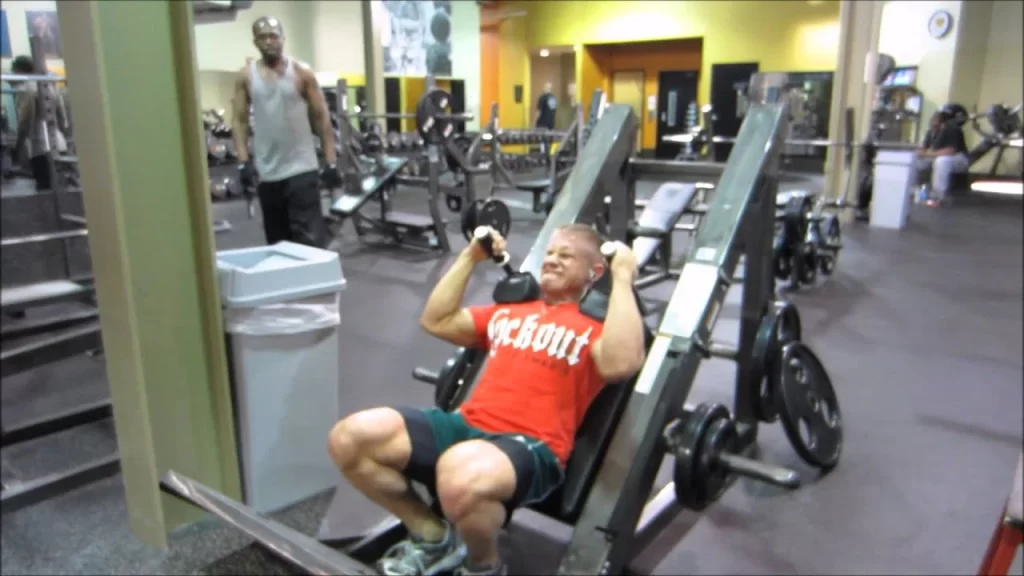
What are the common mistakes you can avoid during a Vastus medialis muscle stretching?
There are certain mistakes that you can’t make during stretching exercises:
- Bouncing: Do not bounce while doing the stretch. If you find yourself performing so, you need to stabilize yourself by
- holding onto sturdy objects.
- Locking the Knee: Never lock the standing knee during the stretch. maintain it soft.
- Knee moving Outward: Don’t allow the bent knee to drift outward. Maintain the knees next to each other.
- Stretching prior to Warm-up: To avoid muscle strain, you can stretch only after you are done with a warm-up.
- Stretching to Pain: Stretch until you feel mild discomfort—don’t stretch to the point of pain. Take safety not to strain the knee. The aim is not to touch the heel to the buttock, but rather to feel the gradual stretch in your thigh.
- Arching Your Back: Don’t arch your low back as you bend the knee, maintain your abdominals engaged to keep the
- back neutral as you drag into this stretch.
Vastus medialis muscle Stretching Safety Guidelines
There are certain guidelines you need to follow during stretching exercises:
- Stretching is no exception. Stretching can be dangerous and cause injury if you do it wrongly.
- Breathe. Never hold the breathing. Holding the breathing causes tension and stress in the muscle, and can increase your blood pressure. The deeper you breathe, the more relaxed the muscles will be, and the deeper and longer you can stretch.
- Stretching tight muscles are uncomfortable for you, but you should never feel any stabbing or sharp pain.
- Be consistent- Do stretching daily for a few minutes or seconds a couple of times in a day that gradually builds flexibility and increases range of motion over the long term. This is a good way to stretch, rather than doing it longer times only once a week.
- Wear loose comfortable clothing, as it is tough to stretch if the clothes are tight and restrict motion.
FAQ
To be more precise about it, you have four quadricep muscles, and squats primarily work three of them: your vastus lateralis, your vastus medialis, and your vastus intermedius muscle.
Strengthening of the VMO muscles is done by different types of exercises like VMO Activation, Ball Clench Extensions, Twisted Leg Raise, Ball Bridges, Ball Wall Squats, Side Lying Quad Stretch, Standing Quadriceps Stretching exercise, Crescent pose, Bow pose, and Dancer’s pose
The VMO is also known as the teardrop, the much-coveted quadriceps muscle located right above the kneecap. To attack it with the leg press, assume a close stance and place your feet lower on the platform slightly. These should be done when your both legs are pumped so do plenty of warm-up sets to load blood in there.
Different type of exercise works on the vastus medialis like VMO Activation, Ball Clench Extensions, Twisted Leg Raise, Ball Bridges, Ball Wall Squats, Side Lying Quad Stretch, Standing Quadriceps Stretching exercise, Crescent pose, Bow pose, and Dancer’s pose

